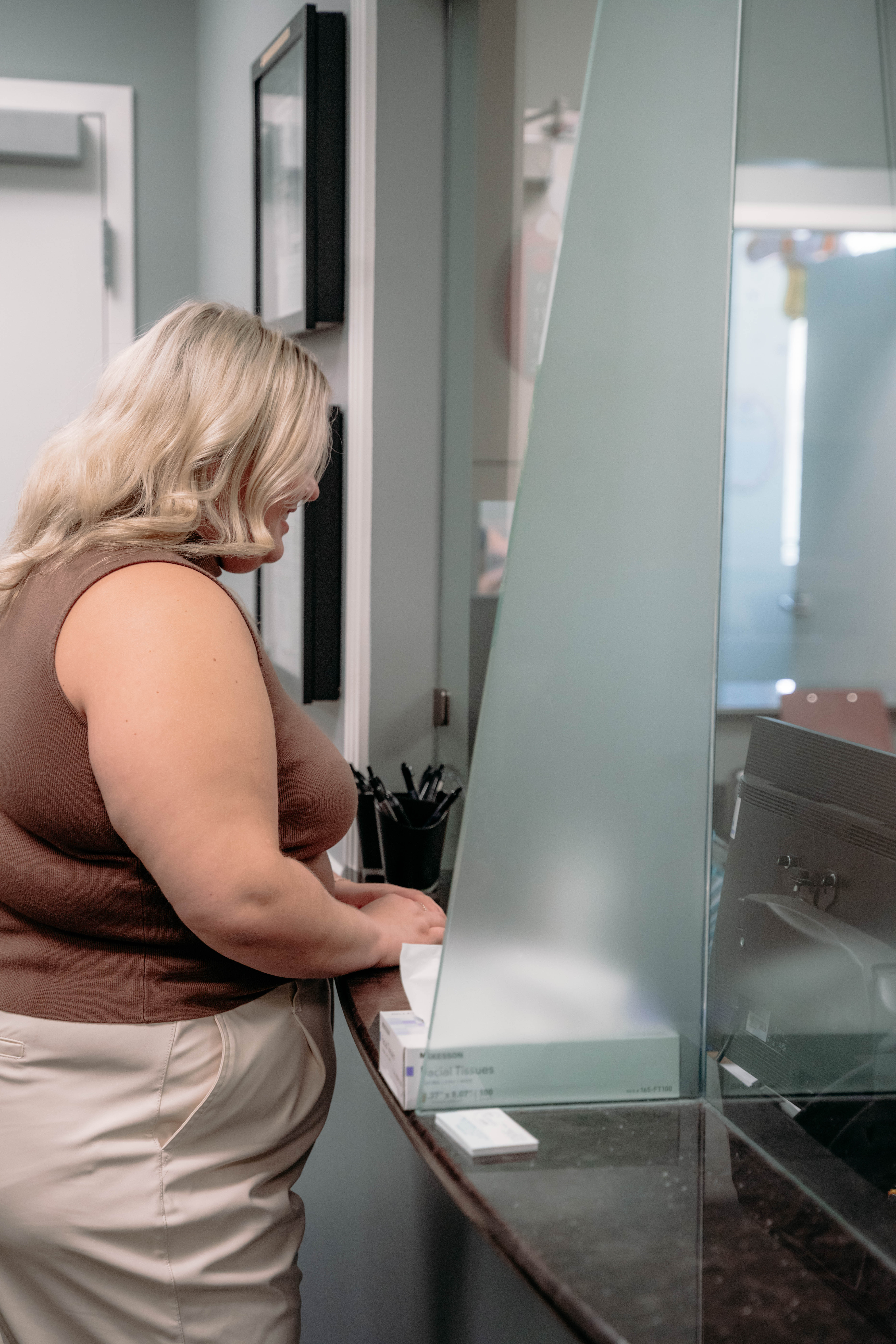When it comes to reproductive health, there are many terms that are familiar to most people — such as talking about birth control, looking for ways to protect yourself from sexually transmitted infections, and prenatal care. But, there are also medical terms that can sound completely foreign. Such is the case with a colposcopy.
If your doctor recommends scheduling one, it’s understandable to be confused — and concerned. But, what does it mean? Why would you need one? Does it hurt? And, how can you prepare for it?
What is a colposcopy?
One of the most important elements of taking care of your health is scheduling annual well-woman exams. This is your routine trip to the OB-GYN, where your gynecologist performs a pelvic exam and a pap smear. The first one is done to detect any signs of abnormalities, while the second one is done to check for the presence of precancerous cells. If everything goes well during this exam, you often won’t get a follow-up call from your physician. However, if there is any cause for concern regarding your pap smear, you’ll get a call to inform you of their concerns and will likely get ordered to schedule a colposcopy — which is a test done to detect cervical cancer.
What to Expect During a Colposcopy
When you show up for your colposcopy, you’ll lie down on an examination table that looks like the ones you see during regular OB-GYN visits. During the procedure, your doctor will open your vagina with a speculum and apply a solution on your vagina to make it easier to identify abnormalities.
The physician will then examine your vulva, vagina, and cervix using an instrument called a colposcope — a large microscope with a bright light. The colposcope will remain outside of your vagina at all times, so you don’t have to worry about experiencing any discomfort. If your doctor sees any signs of disease, they will take a sample of the tissue to perform a biopsy. The entire procedure lasts between five and 10 minutes.
Does a colposcopy hurt?
The procedure itself is relatively painless. However, you may experience slight discomforts while the speculum is inserted in your vagina — just like when you go to your annual OB-GYN exam. You may also feel mild burning when the solution is applied prior to the examination.
If there is a need for a biopsy, removing tissue from the cervix feels like experiencing period cramps. If tissue needs to be removed from your vagina, your doctor may administer local anesthesia to numb the area. You may also experience some spotting for several days after the procedure has been completed.
How to Prepare for a Colposcopy
There are a few things you can do to make the colposcopy the most effective. These include:
- Scheduling your appointment for a time when you won’t have your period
- Avoiding sexual intercourse for 24 to 48 hours prior to the procedure
- Avoiding using tampons up to two days before the procedure
- Avoiding using vaginal topical creams during the 48 hours prior to the colposcopy
How long after a colposcopy can I have sexual intercourse?
If your doctor didn’t take a sample of tissue, you may resume your regular life without any restrictions — including having sexual intercourse. However, if tissue was removed to perform a biopsy, avoid sexual intercourse, tampons, and douching for at least a week. Extend the timeframe if instructed by your doctor.
If You Need a Wellness Exam, OB-GYN Women’s Center Can Help
At OB-GYN Women’s Center, we aim to make all of our patients feel comfortable. And getting answers to all your questions is the first step in getting the treatment you need.
Contact us to schedule an appointment.




